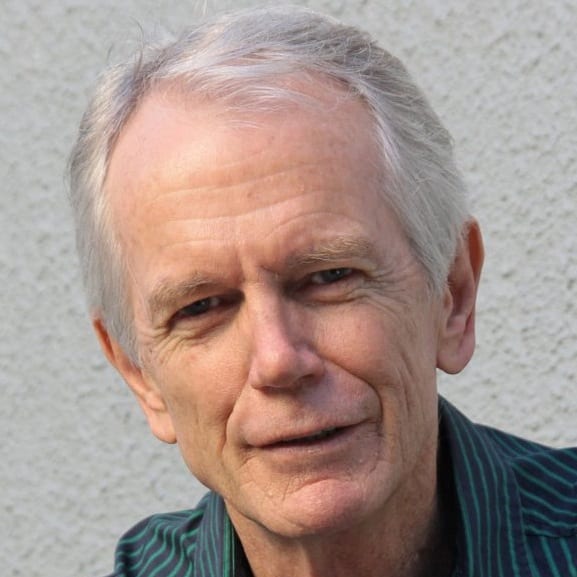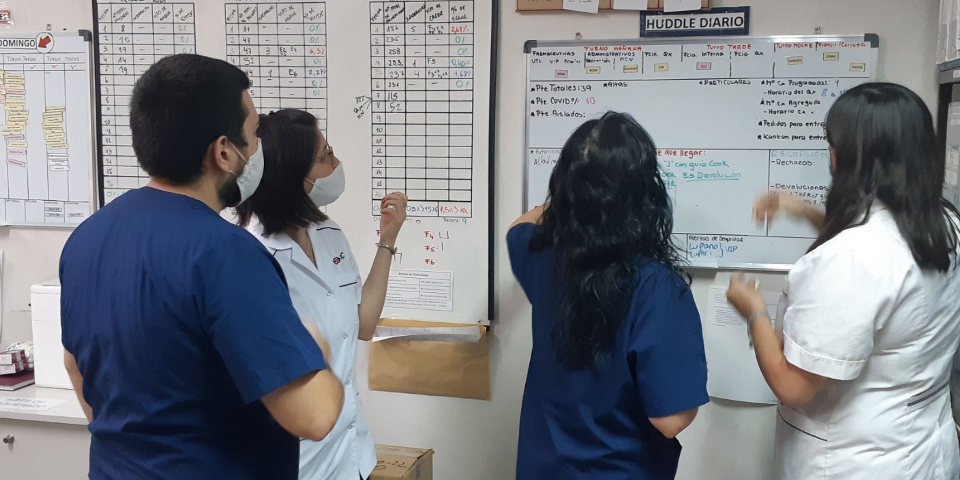
A few lean government lessons from South Africa
FEATURE – By looking at the state of lean management in the South African government sector, the author shares a number of important lessons that apply to public service organizations all around the world.
Words: Norman Faull, Founder and Chairman, Lean Institute Africa
In many ways, I think that in South African government lean has not been taken up as broadly as in other countries. I suspect this has something to do with the rather painful political transition this nation has been undergoing for the past 26 years, since the day Nelson Mandela was released from prison – that momentous 11 February 1990.
In the past quarter of a century, South Africa has tried to work under political leadership with no previous experience of government and to move past racial segregation, so it is not surprising that the priority has not been meeting quality or reliability standards.
It is, however, time for a change. Government (here as in all other countries) must change its ways and become more efficient in the way it provides services to citizens. But what is it exactly that it needs to get right?
First of all, it is necessary to move past what we refer to as “process blindness.” The knee-jerk reaction to something not working well is either blaming the people and wanting to fire them or asking for more resources, instead of analyzing the process, searching for bottlenecks and finding countermeasures. This simplistic reaction is common to most organizations and sectors, but the fact that it might be worse in South Africa’s government sector is perhaps another unfortunate result of nearly 50 years of apartheid: as a group of citizens who until recently have been excluded from leadership and are therefore inexperienced take on high-ranking positions, the fear of becoming target of criticism from the established elite has become a hindrance. There is a reluctance to take risks and to be seen making mistakes, even though learning from mistakes is very much at the heart of lean thinking.
Despite the negative impact of process blindness on our government’s ability to embrace continuous improvement, however, there is another, much bigger problem that has been holding us back: the remoteness of leadership and its inability to support the front line in unearthing, understanding and solving problems.
As a senior South African public sector manager told me a few years ago, “too many people in the public sector think that management means to sit at a desk and tell other people what to do, without a real understanding of the situation at hand.” There is no doubt that the old “command and control” approach to management is still a major obstacle.
In my opinion, there is also a competency problem. The apartheid schooling system was highly prejudicial to the learning of quantitative skills, which means we now have managers and supervisors in the public sector who are very scared of dealing with numbers and addressing factual data.
WHAT I HAVE LEARNED FROM OUR WORK WITH GOVERNMENT
We have been working very consciously to get alongside government for 13 years now, trying to demonstrate how one could improve services dramatically without adding resources and without asking people to work harder. We have had successes, but results have been hard to sustain because of, again, the lack of support from senior leadership, who simply thought someone had come in to fix things for them.
We were perhaps a bit naïve in not spelling out that lean is a journey and that it is about creating a management system. More recently, we have then begun to stress that fully transforming a court or a public hospital is at least a six-year journey (which is then followed by more work to sustain results and keep improving). We have also started to work with groups of facilities rather than with single ones, which facilitates knowledge exchange, speeds up the improvement process and tends to improve leadership’s understanding of their role.
We are really encouraged by what we have seen and by the opportunity that looms ahead.
THE FUTURE STATE OF GOVERNMENT
To try to describe what an ideal government system might look like, let me borrow a thought from Mike Rother. It is a responsibility of leadership to come up with a vision, which might be five to ten years out, and in that context establish a challenge for the organization that is maybe 12 to 18 months out. It is then up to managers to manage front line’s daily activities by establishing clarity on the current state, with staff agreeing on a target condition four weeks out and every four weeks updating that target condition. In a sense, there is a pull system towards understanding what is right and what we need to work on.
The core insight from Mike Rother in this context is that we should not focus on what we can do to improve things, but on what we need to do to move from the current condition to the next target condition.
The vision for the future of government, in South Africa and beyond, is of a different, better way to serve citizens, work with people and manage budgets.
To get there, one might be tempted to turn to political grand gesturing, but it is simpler things we must focus on. I still remember the day my Japanese sensei showed me a book about 5S. On one of the first pages, there was a heading that really stuck in my mind: “The difficult is easy and the easy eludes us.” At board of directors’ level, a decision to spend $100 million on a new ERP system might be made in the blink of an eye (the difficult is easy), whereas there is very little they can do in the short term to support the implementation of a simple, low-cost technique like 5S (the easy eludes us).
The daily routine of stable operations is by far the most difficult thing to achieve in our organizations, but it must be the starting point of any improvement journey nonetheless. It’s important to get instability visual, to at least provide people with the opportunity to understand what is causing their problems. The old argument made by Womack and Jones is still sound: good people in broken process will end up developing bad attitudes.
We can’t expect a place like South Africa, with years of disastrous apartheid rule behind it, to smoothly and rapidly move to an entirely different approach to management based on efficiency. However, as more people experience how quickly lean can have a positive effect on services as experienced by customers and on employee moral – sometimes even on budgets – the tide will turn in government too.
THE AUTHOR

Read more


CASE STUDY – This hospital in Argentina has leveraged the power of Lean Thinking to greatly enhance patient care, even in the pandemic, and receive internationally renowned accreditations.


ROUNDUP – In the last roundup on lean tools and concepts of the year, our editor collects and curates the best articles on strategy deployment (hoshin kanri).



INTERVIEW – At the recent UK Lean Summit, we met the Head of Student Services of an English high school. We asked her about the interesting work the school is doing to improve the delivery of education to students with special needs using lean thinking.


WEB SERIES - In this episode, we head to Chilean Patagonia to visit a manufacturer of fish feed that turned to Lean Thinking to improve yield and eliminate inventory gaps and stock-outs.

